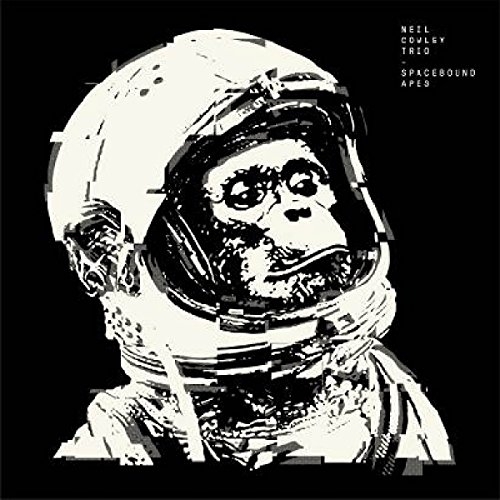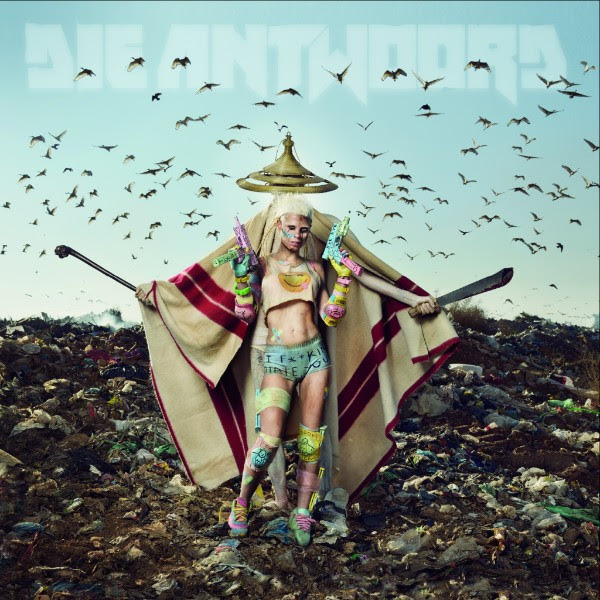The first thing that hits you is the screaming. The white noise of thousands and thousands of young girls yelling at the top of their range. It’s like it’s being pulled out of them, an uncontrollable urge to roar. It seeps into the music, into the beat. It becomes part of the performance, part of the recording. This is a live album with a cast of thousands. It seems almost unbearable. Anyone doing anything as mundane as singing along is drowned out by the waves of unprocessed noise. It’s a scream without context, without precedent. It’s not fear or anger, it’s not even lust, it’s a primitive urge to make the loudest sound possible, shared by thousands of people at exactly the same time. Every time one of the band speaks the impossible volume actually get’s louder. It’s extraordinary.
But The Beatles are equal to it. They’ve all complained about it over the years, about that sound, about how they couldn’t hear themselves. In Eight Days A Week: The Touring Years, the excellent documentary that’s prompted this release, Ringo says he had to watch John and Paul’s gyrating bums just to work out where he was in the song. What they never seem to admit, what’s evident on Live At The Hollywood Bowl, is how that screaming could work for the band too. The huge energy it creates audibly pushes them on, making them play faster and harder, scream louder themselves. Pushing back against that mushy, shapeless noise is the sharpest, leanest rock'n’roll band there has ever been. This is proof that The Beatles’ early success didn’t come from their sonic experimentation or melodic knack, it came because they were a fucking incredible live band.
There’s some cheating involved here - Live at the Hollywood Bowl was patched together by George Martin back in the late Seventies, which is appropriate given the remarkably punk energy the quartet are hammering out on stage. Martin stitched together three Beatles’ shows recorded at the Hollywood Bowl, August 23rd 1964, and August the 29th and 30th 1965, punching between takes performed sometimes a year apart. Nearly forty years later his son, Giles, has used newly discovered recordings and new technologies to remix his father’s work, creating some separation and attempting to tame that pulverising scream. The result is a document of the band at their live peak, a tiny glimpse at the genuine spark that powered their initial success - not legends, not gurus or visionaries, just a really great rock band at full pelt.
For their entire touring life, from mammoth eight-hour sets in Hamburg’s seediest dives to Shea Stadium, even up to the gigs they were doing after they’d written Revolver The Beatles draped their set around rock n’ roll 'oldies' - Little Richard, Chuck Berry, Carl Perkins. The engine that drove their set was always rattling takes on ‘Long Tall Sally’, ‘Roll Over Beethoven’ and ‘Twist and Shout’, songs that were less than a decade old but felt like standards, such was the accelerated pace of pop in its first bloom. You can see why they’ve endured, these versions are bulletproof and blunt, able to smash back against the screaming. Meanwhile the Lennon and McCartney originals, especially ‘Help’, ‘She Loves You’ and ‘A Hard Day’s Night’ are delivered at breakneck pace, taking on an almost aggressive edge missing from the familiar recordings we’re used to.
Hardly anyone reading this will have gotten to see the Beatles live. Catching Macca rolling out ‘Hey Jude’ at the opening of an envelope really doesn’t count. It’s easy for us, with half a century of hindsight, to get bogged down in the importance of The Beatles as sonic pioneers, or pop culture icons. What Live At The Hollywood Bowl, and its parent movie, shows us is their primal power. The sound and the fury (not to mention the banter) that conjured a roar unheard since, both on and off the stage.
-
8Marc Burrows's Score























